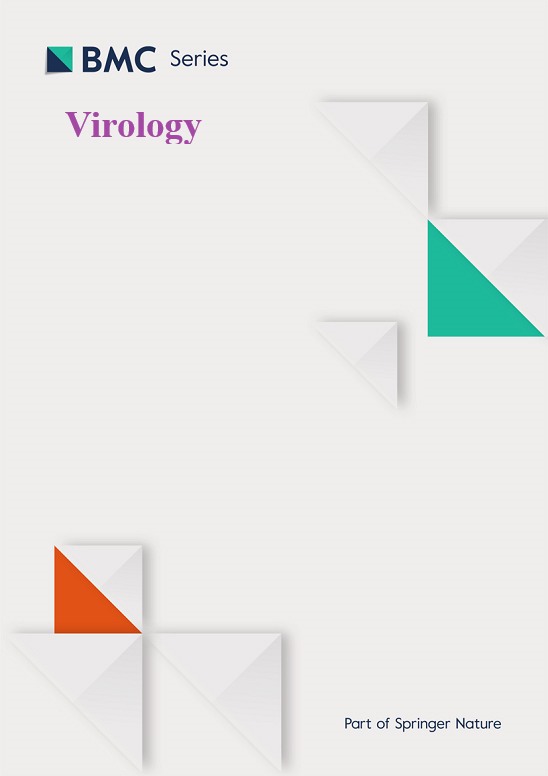Characterization of a cell-adapted completely attenuated genotype GIIa porcine epidemic diarrhea virus strain
IF 2.8
3区 医学
Q3 VIROLOGY
引用次数: 0
Abstract
Porcine epidemic diarrhea virus (PEDV) has caused significant harm to the global pig industry since its discovery. In this study, a highly pathogenic strain of GIIa PEDV CH/HBXT/2018, isolated previously, was continuously passaged in Vero cells up to passage (P)240, resulting in a completely attenuated virus. The proliferation characteristics of different passages of the strain in Vero cells, pathogenicity in newborn piglets, and mutations in S gene sequence indicated that as the passage number increased, the replication efficiency of PEDV in Vero cells gradually improved, with a more pronounced cytopathic effect. However, its pathogenicity in piglets decreased progressively, evident as reduced viral loads in the feces and intestinal tissues, less-severe clinical symptoms, less-severe histopathological damage, and lower antigen expression in intestinal tissues. At P240, the strain was completely attenuated. A sequence analysis revealed 17 amino acid mutations in the structural spike protein, which may have contributed to the biological changes observed at P240. Furthermore, compared with P10, the strain's dependence on trypsin had decreased significantly at P200. A differential transcriptomic analysis revealed 1712 differentially expressed genes (DEGs) between the P10 and P200 infection groups, of which 458 were upregulated and 1254 downregulated. These DEGs were primarily involved in signaling pathways such as cytokine–cytokine receptor interaction, inflammatory response, and MHC protein complex. Our findings provide valuable insights into the mechanisms of PEDV attenuation and should facilitate the development of live vaccines.
求助全文
约1分钟内获得全文
求助全文
来源期刊

Virology
医学-病毒学
CiteScore
6.00
自引率
0.00%
发文量
157
审稿时长
50 days
期刊介绍:
Launched in 1955, Virology is a broad and inclusive journal that welcomes submissions on all aspects of virology including plant, animal, microbial and human viruses. The journal publishes basic research as well as pre-clinical and clinical studies of vaccines, anti-viral drugs and their development, anti-viral therapies, and computational studies of virus infections. Any submission that is of broad interest to the community of virologists/vaccinologists and reporting scientifically accurate and valuable research will be considered for publication, including negative findings and multidisciplinary work.Virology is open to reviews, research manuscripts, short communication, registered reports as well as follow-up manuscripts.
 求助内容:
求助内容: 应助结果提醒方式:
应助结果提醒方式:


